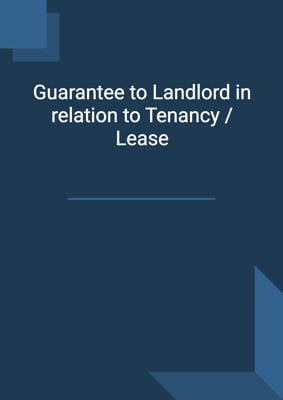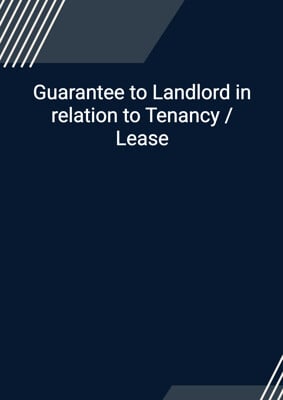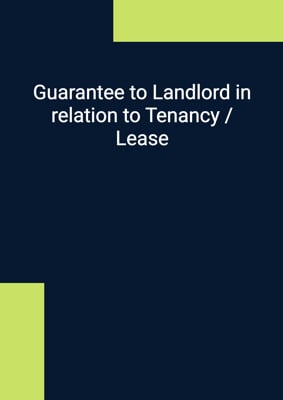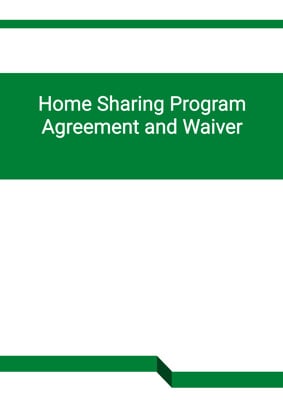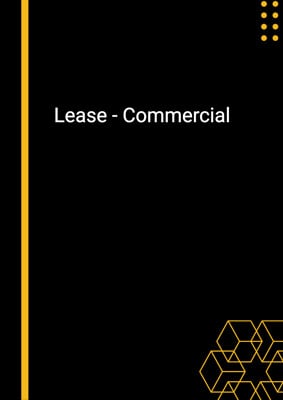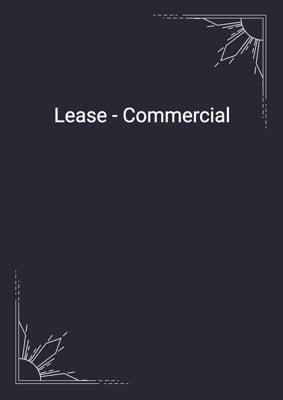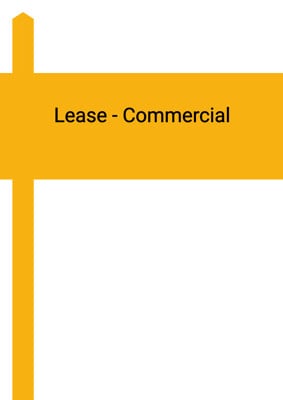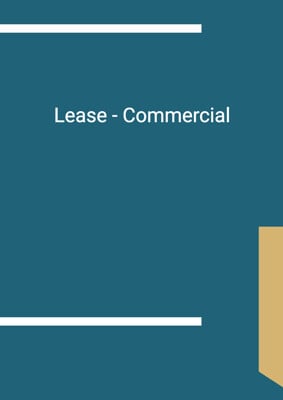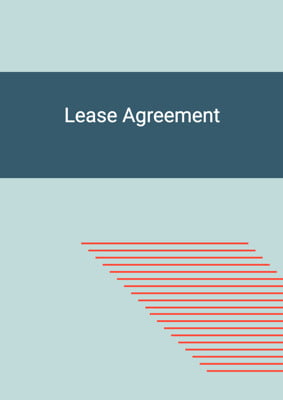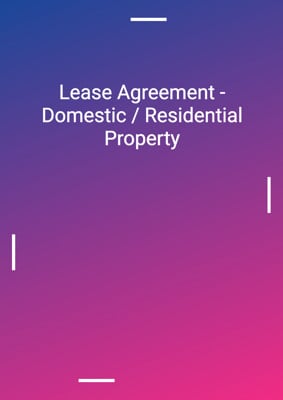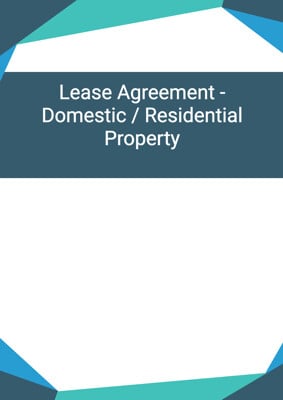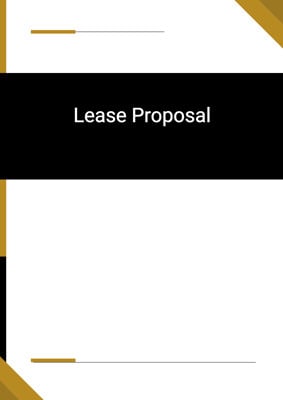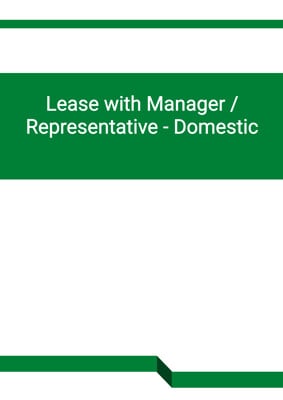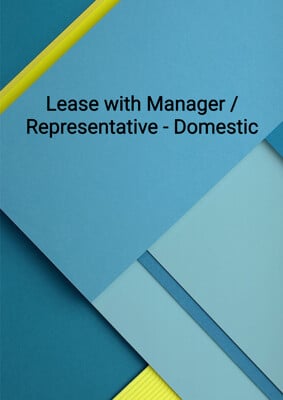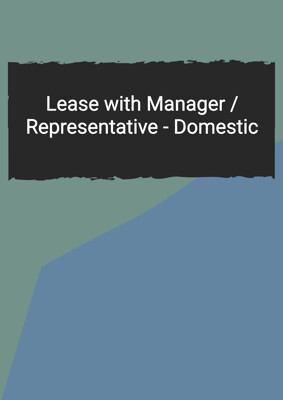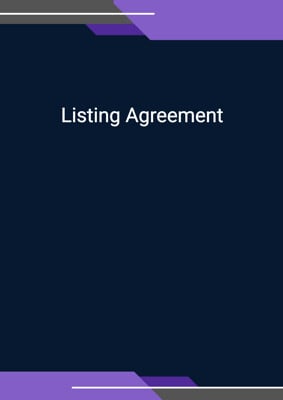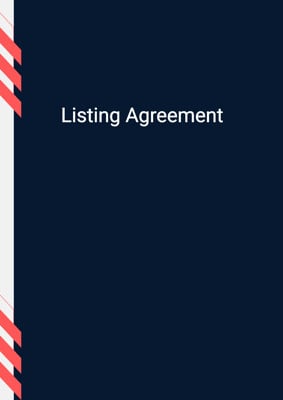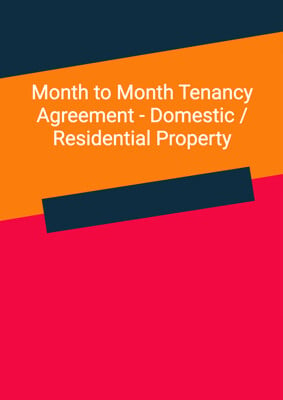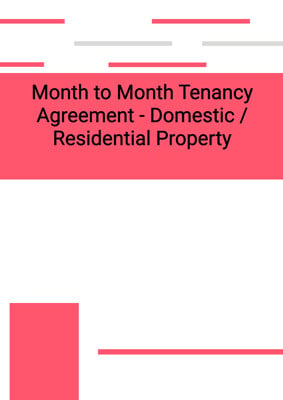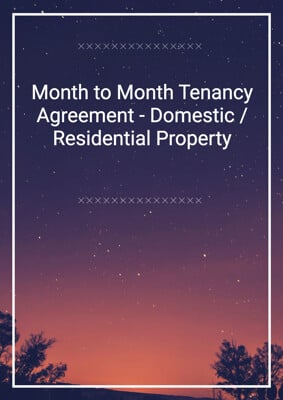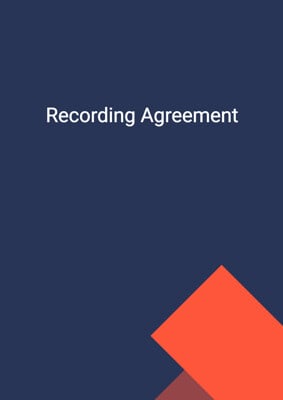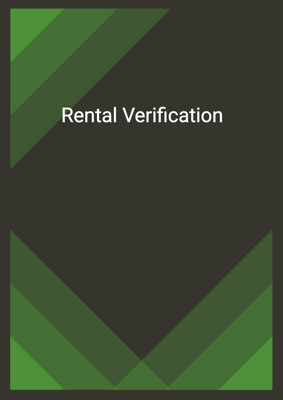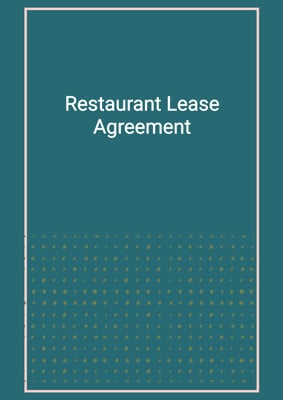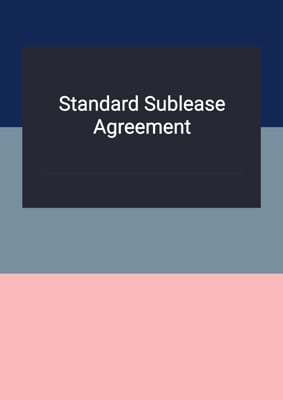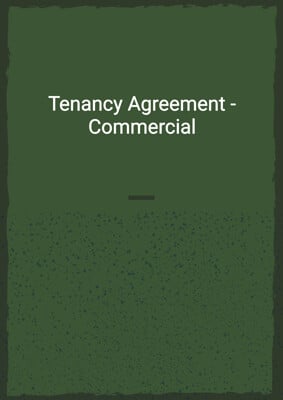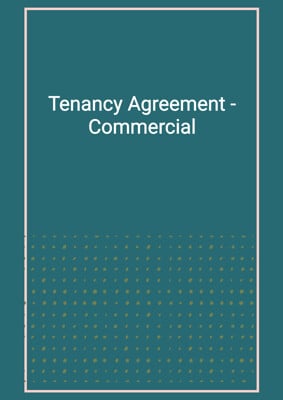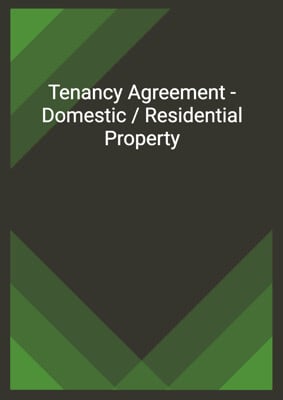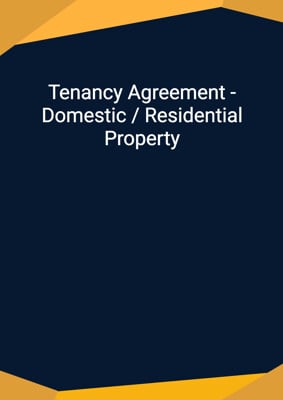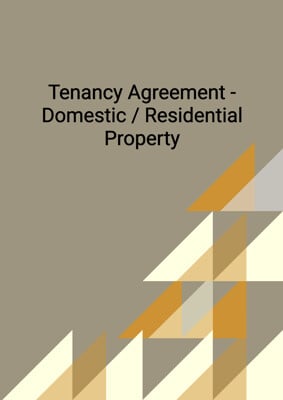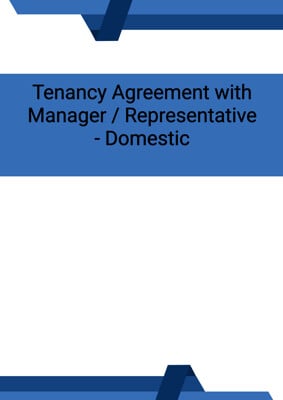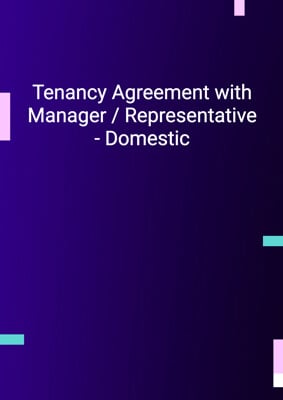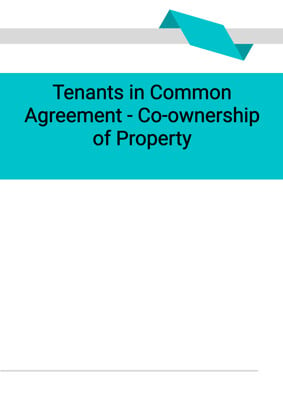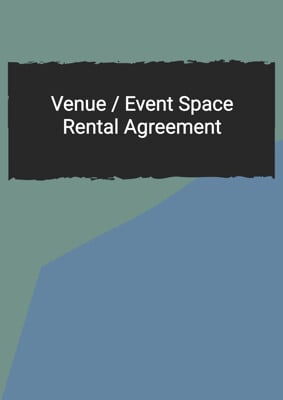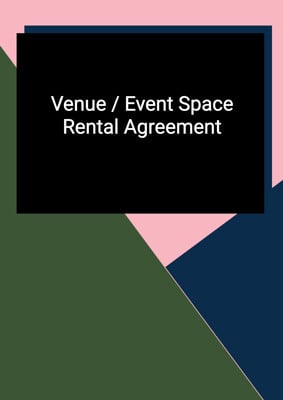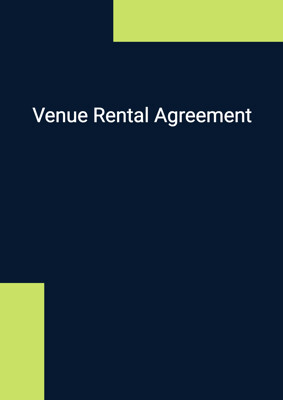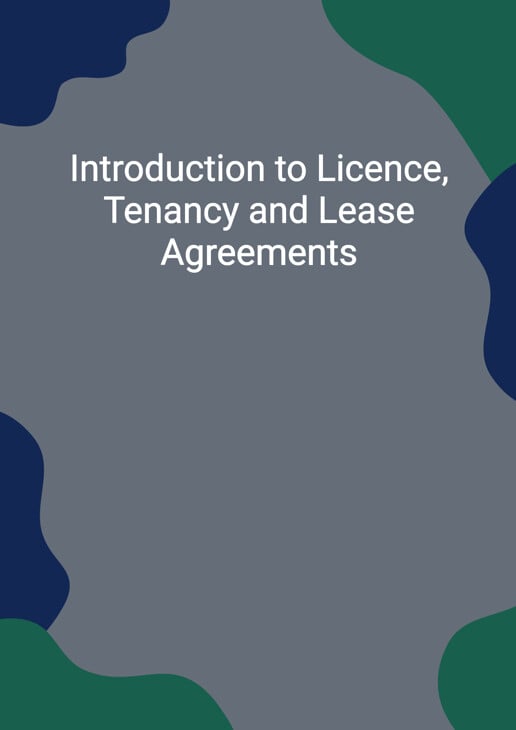
Introduction to Licence, Tenancy and Lease Agreements
Guide
A quick reference guide on which template to use in relation to Licence, Tenancy and Lease Agreements and other related documents. This guide also explains the differences between a licence, tenancy, and lease, as well as the differentiating factors when classifying tenancies / leases as domestic or commercial.
How to Tailor the Document for Your Need?
01
Create Document
Click "Create Document" button and the document will be prepared with your account details automatically filled in.
02
Fill Information
Please fill in any additional information by following the step-by-step guide on the left hand side of the preview document and click the "Next" button.
03
Get Document
When you are done, click the "Get Document" button and you can download the document in Word or PDF format.
04
Review Document
Please review the document carefully and make any final modifications to ensure that the details are correct before publication / distribution.
Document Preview
Document Description
The document titled 'Introduction to Licence, Tenancy and Lease Agreements' provides a comprehensive overview of various types of agreements related to licences, tenancies, and leases. It is important to understand the significance of these agreements as they govern the rights and obligations of both parties involved in the occupancy of a property.
The document begins with a general summary, emphasizing that it does not constitute legal advice and recommends consulting a local lawyer due to jurisdictional differences. It then proceeds to provide a detailed introduction to each type of agreement mentioned in the summary.
The first type discussed is the 'License to Occupy - Residential,' which grants the licensee the right to occupy a domestic property for a defined period. It clarifies that a licensee only has a personal interest in the property, which can be revoked by the landowner at any time. This arrangement is typically short-term, such as in the case of Airbnb rentals.
The next type is the 'License to Occupy - Commercial,' which grants the licensee the right to occupy a commercial property. Similar to the residential license, it is also a short-term arrangement and can be in favor of the landlord, tenant, or neutral party.
Moving on, the document explains the 'Lodger Agreement - Room Rental,' which allows the licensee to occupy a room in a domestic property on a monthly basis. This agreement is drafted in a neutral form and is suitable for room rental arrangements.
The document then delves into 'Tenancy Agreements - Residential' and 'Tenancy Agreements - Commercial,' both of which are lease agreements for the respective property types. These agreements include options for rent-free periods and early termination, and they are generally for shorter terms, usually less than three years.
Next, the document introduces the 'Tenancy Agreement - Residential - Representative/Manager,' which is similar to the previous residential tenancy agreement but involves the appointment of a representative or manager by the landlord to manage the property on their behalf.
Following that, the document explains the 'Lease - Residential' and 'Lease - Commercial,' which are lease agreements for residential and commercial properties, respectively. These agreements also include options for rent-free periods and early termination, but they are generally for longer terms, usually exceeding three years and can be registered.
Lastly, the document mentions the 'Lease - Residential - Representative/Manager,' which is similar to the previous residential lease agreement but involves the appointment of a representative or manager by the landlord.
Additionally, the document provides information on the 'Guarantee to the Landlord in Relation to Tenancy/Lease,' which is a guarantee given by a tenant's parent, employer, or owner to the landlord for the tenant's obligations in the lease or tenancy. This guarantee is required for tenants with insufficient credit.
In conclusion, this document serves as a comprehensive guide to understanding different types of licence, tenancy, and lease agreements. It provides detailed introductions to each agreement type, highlighting their purpose, duration, and key features. It is essential to consult a local lawyer for specific legal advice based on the jurisdiction in question.
How to use this document?
1. Determine the type of agreement needed: Assess the specific requirements and purpose of the occupancy to determine whether a license, tenancy, or lease agreement is appropriate.
2. Consult a local lawyer: Due to jurisdictional differences, it is crucial to seek legal advice from a local lawyer who can provide guidance based on the specific laws and regulations applicable in the area.
3. Understand the nature of the agreement: Differentiate between licenses, tenancies, and leases. Recognize that a license grants a personal interest in the property, which can be revoked by the landowner, while a tenancy or lease creates a legal interest in the land.
4. Consider the duration and terms: Determine the desired duration of the agreement and consider options for rent-free periods, early termination, and renewal or purchase options if applicable.
5. Identify the parties involved: Clearly identify the parties involved in the agreement, including the licensor, licensee, landlord, tenant, or any appointed representatives or managers.
6. Specify the property details: Provide accurate information about the property, including its type (residential or commercial) and any specific details relevant to the agreement.
7. Outline the rights and obligations: Clearly define the rights and obligations of both parties, including the scope of occupancy, payment terms, maintenance responsibilities, and any additional clauses or conditions.
8. Seek legal protection: Understand the legal protections available in the jurisdiction, such as 'security of tenure' and 'rent control' for domestic tenancies, and consider including relevant clauses to safeguard the interests of both parties.
9. Review and revise: Carefully review the drafted agreement and seek legal review if necessary. Make any required revisions to ensure clarity, accuracy, and compliance with local laws.
10. Execute the agreement: Once both parties are satisfied with the agreement, ensure that it is properly executed, either by signing, sealing, and delivering a deed or by affixing signatures for underhand agreements.
11. Consider registration: Depending on the jurisdiction and the duration of the agreement, consider registering the lease or tenancy agreement in the land registry to protect the lessee's or tenant's rights against third parties.
12. Maintain communication: Throughout the occupancy period, maintain open communication between the parties to address any concerns, fulfill obligations, and ensure a smooth and mutually beneficial relationship.
13. Seek legal advice for disputes: In case of any disputes or issues arising during the occupancy, consult a local lawyer to understand the legal options and seek resolution through appropriate legal channels.
Please note that this guidance provides a general overview and should not be considered as a substitute for professional legal advice. It is essential to consult a local lawyer for specific guidance tailored to the individual circumstances and jurisdiction involved.
Not the right document?
Don’t worry, we have thousands of documents for you to choose from:




